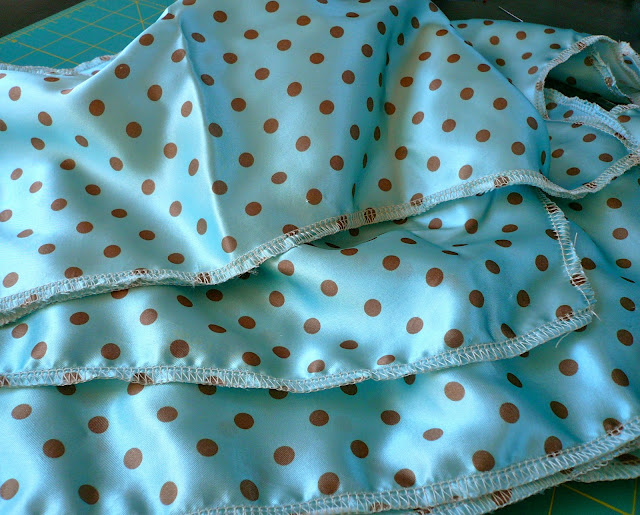I've been wanting to try out the Sewaholic Alma blouse for a while, in particular, view B with its lovely Peter Pan collar. I liked the idea of playing around with a border print, to see if I could create a contrast collar using different areas of the fabric. My fabric of choice was Peaceful Cooing in grey from M is for Make - the most beautiful double gauze border print fabric with a repeat pattern that gradually gets larger as it gets closer to the border. Idiot that I am, it was only once I started cutting the fabric that I realised the pattern was actually little white doves. Duh, the clue's in the name, Peaceful Cooing! I thought they were a mixture of cotton wool and flowers. Ahem.
Anyway, this was my first attempt at working with a border print and after lots of draping myself in front of the mirror, I decided that the smaller pattern would make up the main area of the blouse and sleeves, with the larger border print finishing at the hem and repeated in the collar. I must admit, I really like the result. Border prints often run in the opposite direction to the selvedge, which means you have to cut the fabric against the grain. You probably end up needing more fabric than usual, but for something special I think it's worth it. The fabric is already double thickness, so I didn't bother with interfacing the collar and facings. This worked well, giving a bit of structure to the collar but still retaining a nice drape.
The only change I made to the pattern was the length of the sleeves. It's a fact that my arms are ridiculously short (I'm talking T-Rex short!), and the three quarter length sleeves really didn't do me any favours. I also felt like they made the blouse look a bit like an artist's smock, which is all very well if that's what you're after, but I wasn't. I shortened them by about five inches which now makes them far more cardigan friendly in the colder weather, always a bonus!
The pattern was absolutely perfect. In theory, I should steer clear of Sewaholic patterns - they're designed for pear-shaped women and I'm the complete opposite. However, they're so well drafted and designed, that I still managed to get a good fit just by gradually grading sizes at the bust, waist and hips. The measurements changed but the overall shape and design of the pattern remained, which I found very impressive. I cut a size 10 at the bust, grading down to an 8 at the waist, and a 4 at the hips as I wanted the blouse to be quite fitted. I'm thrilled with the result and can see this being worn a lot. I was worried that the border print would get lost if it was tucked in, but you can still see it, even when it's tucked into a Ginger skirt.
The only thing I didn't like about making this blouse was inserting the invisible side zip. They're right up there with hooks and eyes as my sewing arch enemies. I'm pondering whether to make my next one in a knit fabric, which will eliminate the need for a zip? Or a long, central back zip instead? What do you think? One thing's for sure, there will definitely be more than one version of this blouse in my wardrobe before the year is out. x
































